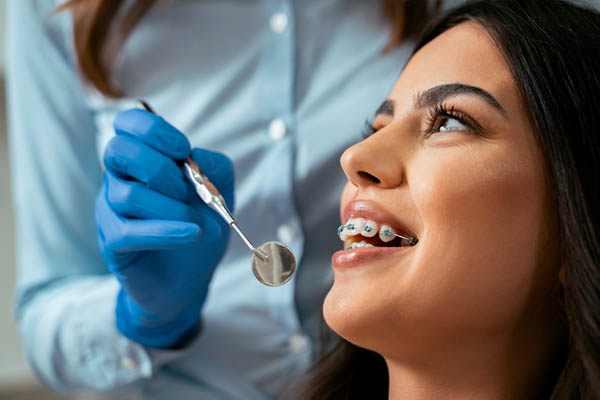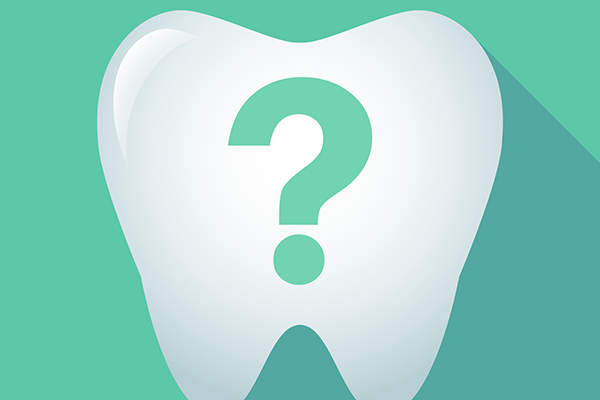How an Orthodontist Can Help Improve Speech and Chewing Through Bite Correction

Oral health is foundational to good overall health. Through the help of an orthodontist and bite correction, difficulties with chewing or speaking can be overcome. The inability to ingest food or clearly articulate impacts both physical and mental health. Bite correction has the potential to change the course of an individual’s health and wellness.
Impact of bite alignment
Changes in tooth alignment occur as the bone structure grows during adolescence and adulthood. As an individual grows older, the mouth's structure in both the upper and lower jaws should have the same U-shaped arch. As these arches align, the front teeth will rest comfortably on top of the lower teeth, though they will extend slightly beyond the bottom teeth. When the jaws do not line up correctly or when the adult teeth do not grow in properly, it can lead to oral health problems, create discomfort, and impede speech or chewing activities.
Types of bites
When the jaws are not properly aligned, it could lead to one of three types of bites. These are:
- Underbite (front teeth are tucked behind the front bottom teeth)
- Overbite (front teeth significantly overhang the bottom front teeth)
- Crossbite (individual teeth rest at a variety of angles through the mouth)
Malocclusion, or a misaligned bite when the jaw is closed, can affect one’s life, particularly in key life skills like eating and chewing.
Types of problems
Crooked teeth can make it harder to chew, causing discomfort and pain if not taken care of. Grinding and clenching can occur, which can cause premature tooth loss, broken teeth, or worn gums. Misalignment can strain the temporomandibular joint, creating cracking sounds when eating or speaking, frequent headaches, or severe jaw pain.
Speech difficulties can also come from poor tooth alignment, as the teeth are a crucial part of the speech process. Teeth that are twisted, overlapped, or crooked alter the way the tongue moves during speech. This can sometimes create a whistling noise as air passes between the teeth or cause the sounds to appear slurred.
Treatment through bite correction
The treatment used to address alignment or spacing problems with the teeth is termed bite correction. A consultation with an orthodontist will clarify what solution is best for a patient's situation. Upper and lower jaw alignment can often be corrected non-surgically through braces, either with the traditional metal brackets or clear aligner trays.
Appliances are fitted to the teeth and apply pressure to expand the jaw and slowly realign teeth into the desired position. Bands or extenders that connect the upper and lower appliances help pull the jaw into alignment. Brackets and aligners also slowly move crooked teeth into a uniform line without gaps or spacing problems. The severity of the condition determines how long appliances are worn, but plans can often take six months or longer to help ensure the teeth and jaw safely shift into new positions.
Conclusion
Orthodontics often uses pressure and special appliances to gently reposition teeth. Schedule a consultation to find out more about the treatment options that can help improve your speech or chewing patterns.
Request an appointment here: https://www.brooklyn-orthodontist.com or call Brooklyn Heights Orthodontics: Susan Liebman, DMD at (718) 416-6368 for an appointment in our Brooklyn office.
Check out what others are saying about our dental services on Yelp: Orthodontist in Brooklyn, NY.
Recent Posts
Orthodontics takes commitment and patience on the part of the patient and their dentist. The process requires you to invest your time, mental energy, and money in the quest for an improved smile. The good news is that your investment can pay off in a big way. Your oral health can improve, your confidence can…
Orthodontics typically involves wearing oral appliances like braces or clear aligners in order to straighten teeth. These devices work by constantly pushing on the wearer’s teeth, moving them to more desirable positions over time. Teeth misalignment can lead to a less aesthetically pleasing smile and a variety of oral issues, like gum disease. Getting appropriate…
While orthodontic treatment is often associated with straightening teeth and correcting bite issues, it can come with unique challenges. A braces specialist offers professional care that goes beyond addressing basic orthodontic needs. Through their care, patients of all ages can receive the personalized treatment they need to achieve a healthy smile.A braces specialist is a…
There are several myths and misconceptions about orthodontics. This is the process of correcting teeth alignment issues using appliances like clear alignments and metal braces. Treatment with orthodontics sometimes also leads to improvements in a person’s facial structure and appearance.Misaligned teeth can ruin how a smile looks and can also increase the risk of issues…


